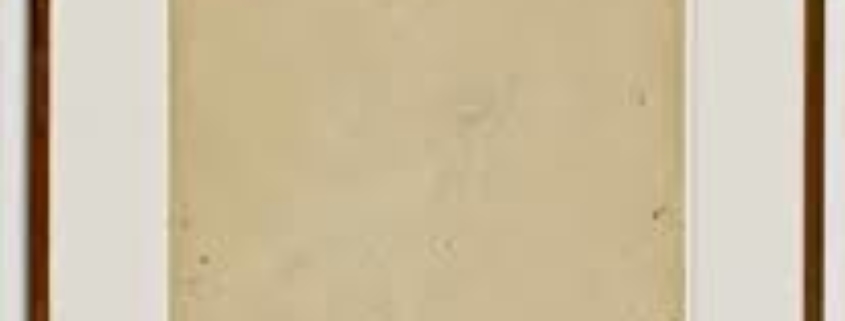Scratching Beneath the Surface
My figure-drawing teacher once told our class an anecdote about being in a master class when she had been student. Her art teacher, at the beginning of the weeklong class, handed each student one piece of very large, heavy, handmade 22” x 24” drawing paper. For the entire first day, students labored with their charcoal, erasing, correcting, shading and listening to the teacher. She suggested strokes and pointed out ways to get better depth while also cheering them on. At the end of the class, the students displayed their drawings.
“We were so pleased with ourselves,” she said. “And then he had us erase our work.”
“Erase your work?” we asked.
“Yes. We wiped the images off of the page with a cloth. And we weren’t happy. The point was,” she continued, “he didn’t want us to fall in love with our work, at least not the first draft. He didn’t want us to be satisfied. He wanted to show us that letting go of our work is essential for making art.”
“For the rest of the week,” she said, “we erased every single day’s work until the last day.” The teacher was able to show them how much better they all had become. Their work had changed. The class wasn’t just about figure drawing, it was also about creating a new perspective on how to view their work; they had been given a tool to create some distance. Once they let go, they got better.
I think of this story often, as an exercise even, both when I am working on a drawing and more lately as I write. It’s very easy to be lulled into loving our own work. Who hasn’t met a child thrilled with their stick figure drawing? The satisfaction of creating something hasn’t changed too much for me. But I want to be a better writer and a better artist, and if that means erasing everything and starting over, then so be it.
The American artist Robert Rauschenberg, who in the early 1950s created a series of entirely white paintings, was curious to see if art could be created by erasing art: an erased drawing, a blank page. But it wasn’t really blank. He started by erasing his own drawings, but felt it was missing something. In 1953, another artist, Willem de Kooning, liked the concept of this technique, and gave him a very complicated drawing made with crayons, ink, and charcoal. It took Rauschenberg over two months to erase it using a variety of erasers. The end result was a blank, but obviously drawn-on and erased, piece of paper. It was framed with an inscription by fellow artist Jasper Johns “Erased de Kooning Drawing, Robert Rauschenberg, 1953.” The frame and the inscription help provide the viewer with a context. The original art on the page is art; removing the art from the page is also art.
Artists have painted over and started over on the same canvas forever. X-rays can detect original work beneath a painting or drawing. The Mona Lisa for example, when examined by X-ray, shows that Da Vinci originally placed her hands in one position and then moved them to another for the final painting. In fact, at the Norton Simon Museum in Pasadena, there are several paintings displayed side by side with an X-ray of the original work to show what is underneath. Both the paintings and the X-rays come with artist’s statements that explain how and why the work changed: more depth from the final angle, better proportions, a better model, etc. All work has a past that can’t be seen.
As writers, we start over all the time. It isn’t that unusual to begin with a project or theme in mind and watch it take on a life of its own, one that is often unrecognizable. Was that really the intention? Is that really what I wanted to say? I had better start over.
Giving our work to others for erasing, correcting, or editing can also be difficult. I have to remind myself that there is something beautiful about this. Having my work “erased” by contemporary writers is an honor. Maybe if I move my Mona Lisa’s hands over two centimeters to the right, I will have a masterpiece. Maybe I need to completely delete the first page. Maybe my mentor is right and there is only one good paragraph in the entire piece. Beneath all of it, whether it’s visible by X-ray or you can see the dust of an eraser, the process of letting go and starting over draws out the best of our selves as artists and writers.






